The next generation of the Internet will rely on revolutionary new tech. It will make unhackable networks real — and transmit information faster than the speed of light.


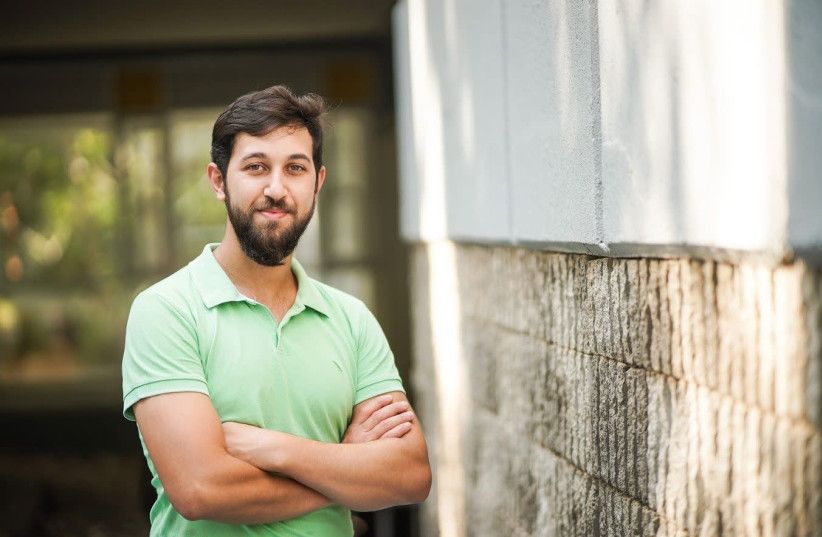
They can be made up of just two surfaces, bouncing the wave between them, but the more surfaces that are added, the more resonance is achieved. The ultimate is therefore to create a perfect sphere, creating surfaces in every direction within a three-dimensional object. At that point, the creation of a resonator moves from being a physics question to one of engineering, since even a stem holding the sphere can create distortion that reduces the impact of the resonator.
According to the Technion, the world’s first micro-resonator was demonstrated in the 1970s by Arthur Ashkin, winner of the 2018 Nobel Prize in Physics, who presented a floating resonator. Yet, despite the success of his innovation, the research direction was soon abandoned.
Now graduate student Jacob Kher-Alden, under the supervision of Prof. Tal Carmon, has built upon Ashkin’s work, creating a floating resonator which can exhibit resonant enhancement by ten million circulations of light, compared to about 300 circulations in Ashkin’s resonator.

Robots of the future will be dexterous, capable of deep nuanced conversations, and fully autonomous. They are going to be indispensable to humans in the future.
Let me know in the comment section what you wish a robot could help you do…?
~ 2020s & The Future Beyond.
#Iconickelx
#artificialintelligence #Robots #AI #automation #Future #4IR #Innovation #digitaltransformation

Fourteen podcast episodes with great guests talking about a wide range of fascinating aerospace and astronomy topics, with more to come! Thanks to all my listeners and for your loyal support. Stay tuned! And follow the podcast wherever you listen to podcasts or directly at brucedorminey.podbean.com.
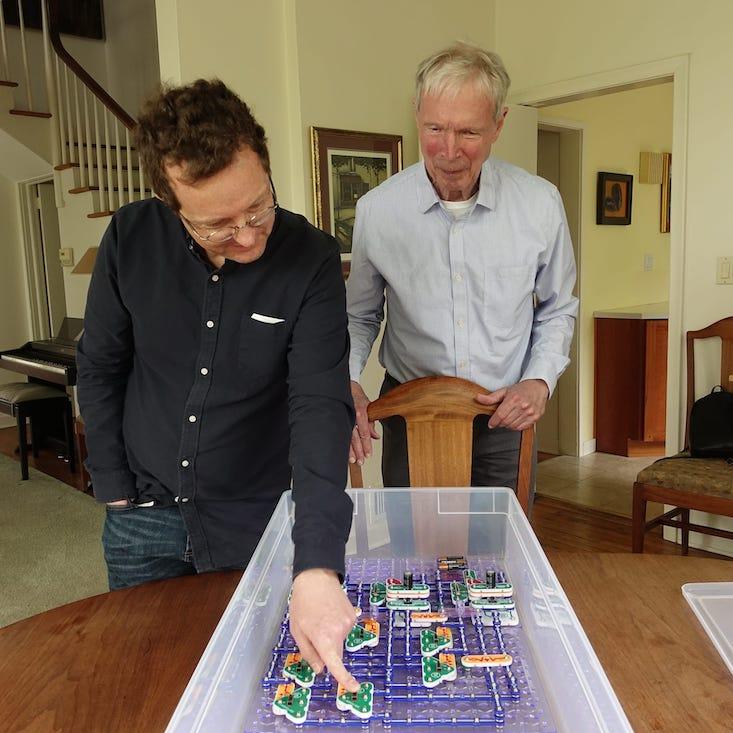
The first artificial neural networks weren’t abstractions inside a computer, but actual physical systems made of whirring motors and big bundles of wire. Here I’ll describe how you can build one for yourself using SnapCircuits, a kid’s electronics kit. I’ll also muse about how to build a network that works optically using a webcam. And I’ll recount what I learned talking to the artist Ralf Baecker, who built a network using strings, levers, and lead weights.
I showed the SnapCircuits network last year to John Hopfield, a Princeton University physicist who pioneered neural networks in the 1980s, and he quickly got absorbed in tweaking the system to see what he could get it to do. I was a visitor at the Institute for Advanced Study and spent hours interviewing Hopfield for my forthcoming book on physics and the mind.
The type of network that Hopfield became famous for is a bit different from the deep networks that power image recognition and other A.I. systems today. It still consists of basic computing units—“neurons”—that are wired together, so that each responds to what the others are doing. But the neurons are not arrayed into layers: There is no dedicated input, output, or intermediate stages. Instead the network is a big tangle of signals that can loop back on themselves, forming a highly dynamic system.
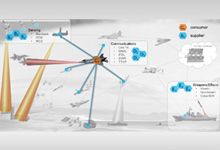
Two DARPA-developed technologies – a novel decision aid for mission commanders and a rapid software integration tool – played a critical role in the recent Air Force demonstration of the Advanced Battle Management System (ABMS).
The Adapting Cross-domain Kill-webs (ACK) program and the System-of-systems Technology Integration Tool Chain for Heterogeneous Electronic Systems (STITCHES) were among a number of technologies employed in the Aug. 31 – Sep. 4 ABMS on-ramp demonstration, which involved attacks using live aircraft, ships, air defense batteries, and other assets.
ACK is developing a decision aid for mission commanders to assist them with rapidly identifying and selecting options for tasking – and re-tasking – assets within and across organizational boundaries. Specifically, ACK assists users with selecting sensors, effectors, and support elements across military domains (space, air, land, surface, subsurface, and cyber) that span the different military services to deliver desired effects on targets. Instead of limited, monolithic, pre-defined kill chains, these more disaggregated forces can be used to formulate adaptive “kill webs” based on all of the options available.

On a blustery winter day last December, a car carrying radioactive material approached one of the Port Authority of New York and New Jersey’s major transportation hubs. As the car got closer, an alarm flashed and sounded on a large monitor in the police operations center, identifying on a digital map the exact location of the vehicle and the specific radioactive isotope radiating from the car – Cesium-137. Within minutes, officers in the Port Authority Police Department – equipped with vehicle-mounted and pocket-sized radiation sensors displaying the same real-time digital map – tracked the vehicle and apprehended the suspects in a parking lot. Thankfully, the potential terrorists and radiation-emitting isotope were not a threat, as the scenario was only a drill.
The December exercise marked the capstone for DARPA’s SIGMA program, culminating a five-year effort to develop and deploy an automated, high-performance, networked radiation detection capability for counterterrorism and continuous city-to-region scale radiological and nuclear threat monitoring. The transition of the radiation-detection system took place prior to the coronavirus disease (COVID-19) pandemic. In the eight months since the SIGMA transition, DARPA has been developing and testing additional sensors under its SIGMA+ effort to detect chemical, biological and explosive threats as well.
“We want to thank the Port Authority for their outstanding support throughout the SIGMA program and their continued support as we test SIGMA+ sensors,” said Mark Wrobel, DARPA program manager in the Defense Sciences Office. “Being able to test and refine the system in the country’s largest metropolitan region was invaluable in taking SIGMA from a research project to an operationally deployed system in just five years.”
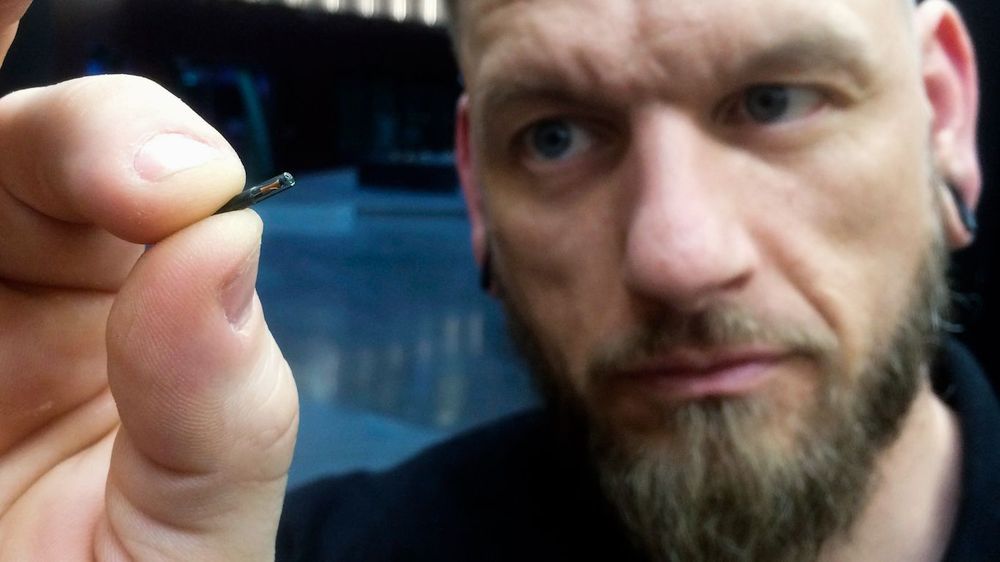
An experimental new vaccine claims to be able to change human DNA and could be deployed against COVID-19 by 2021 through a biochip implant.
The most significant scientific discovery since gravity has been hiding in plain sight for nearly a decade and its destructive potential to humanity is so enormous that the biggest war machine on the planet immediately deployed its vast resources to possess and control it, financing its research and development through agencies like the National Institutes of Health (NIH), the Defense Advanced Research Projects Agency (DARPA) and HHS’ BARDA.
The revolutionary breakthrough came to a Canadian scientist named Derek Rossi in 2010 purely by accident. The now-retired Harvard professor claimed in an interview with the National Post that he found a way to “reprogram” the molecules that carry the genetic instructions for cell development in the human body, not to mention all biological lifeforms.
These molecules are called ‘messenger ribonucleic acid’ or mRNA and the newfound ability to rewrite those instructions to produce any kind of cell within a biological organism has radically changed the course of Western medicine and science, even if no one has really noticed yet. As Rossi, himself, puts it: “The real important discovery here was you could now use mRNA, and if you got it into the cells, then you could get the mRNA to express any protein in the cells, and this was the big thing.”
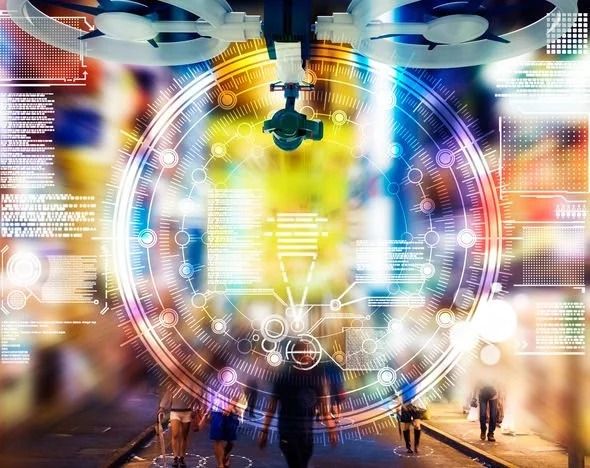
#DARPA is the US military department responsible for developing cutting edge technologies for use on the front line. Boasting an annual budget of billions and with some of the world’s smartest minds on its roster, DARPA is responsible for some of the world’s most exciting tech. And it has now emerged the secretive research arm is advancing brain-machine interface capable of allowing soldiers to telepathically control “active cyber defence systems” and “swarms of unmanned aerial vehicles”.
US MILITARY Defence Advanced Research Projects Agency (DARPA) is preparing telepathic technology which some fear is capable of remotely controlling war machines with military minds.